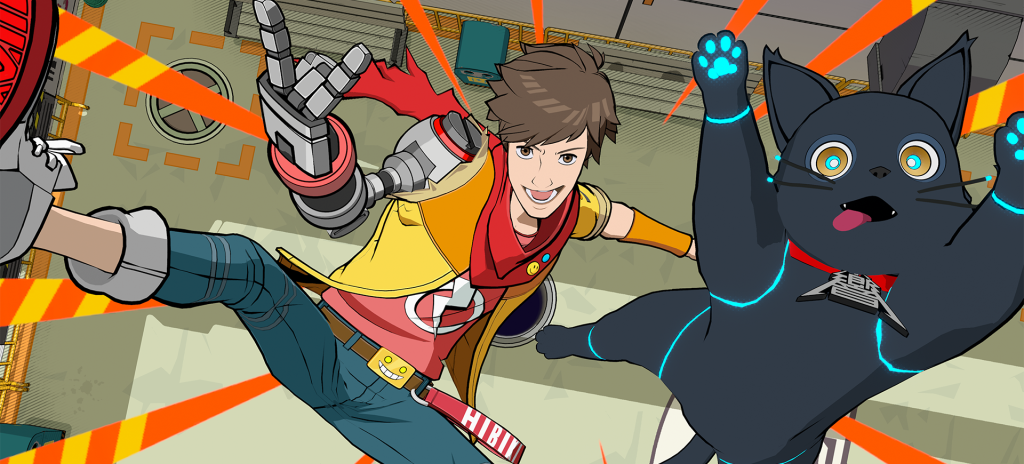Hi-Fi-Rush (2023) stealth-dropped during the Developer_Direct stream from Xbox on Jan 25, 2023. Within a week, IGN, PC Gamer, and PC Mag had praised its art direction and soundtrack. However, many, like PC Gamer, have noted how its rhythm mechanics can be frustrating over longer periods.
For this symposium, let’s consider the past in conversation with the present. Hi-Fi Rush (2023) is drawing from a longer history of “stylish-action” games like the combat heavy Devil May Cry series and platformers like the Racket and Clank series. Yet, by incorporating a rhythm-based mechanic, it is also invoking a past across series like Gutiar Hero and Rock Band through which players are asked to perform against a pace set by the game for the best results. It is also in direct conversation with the more recent Metal: Hellsinger (2022) and its own rhythm-based combat set in the first-person perspective.
Let’s chat about our own thoughts on Hi-Fi Rush (2023) this coming Thursday, June 1, 2023 starting at 8:30 EDT / 7:30 CDT / 5:30 PDT over Discord.










